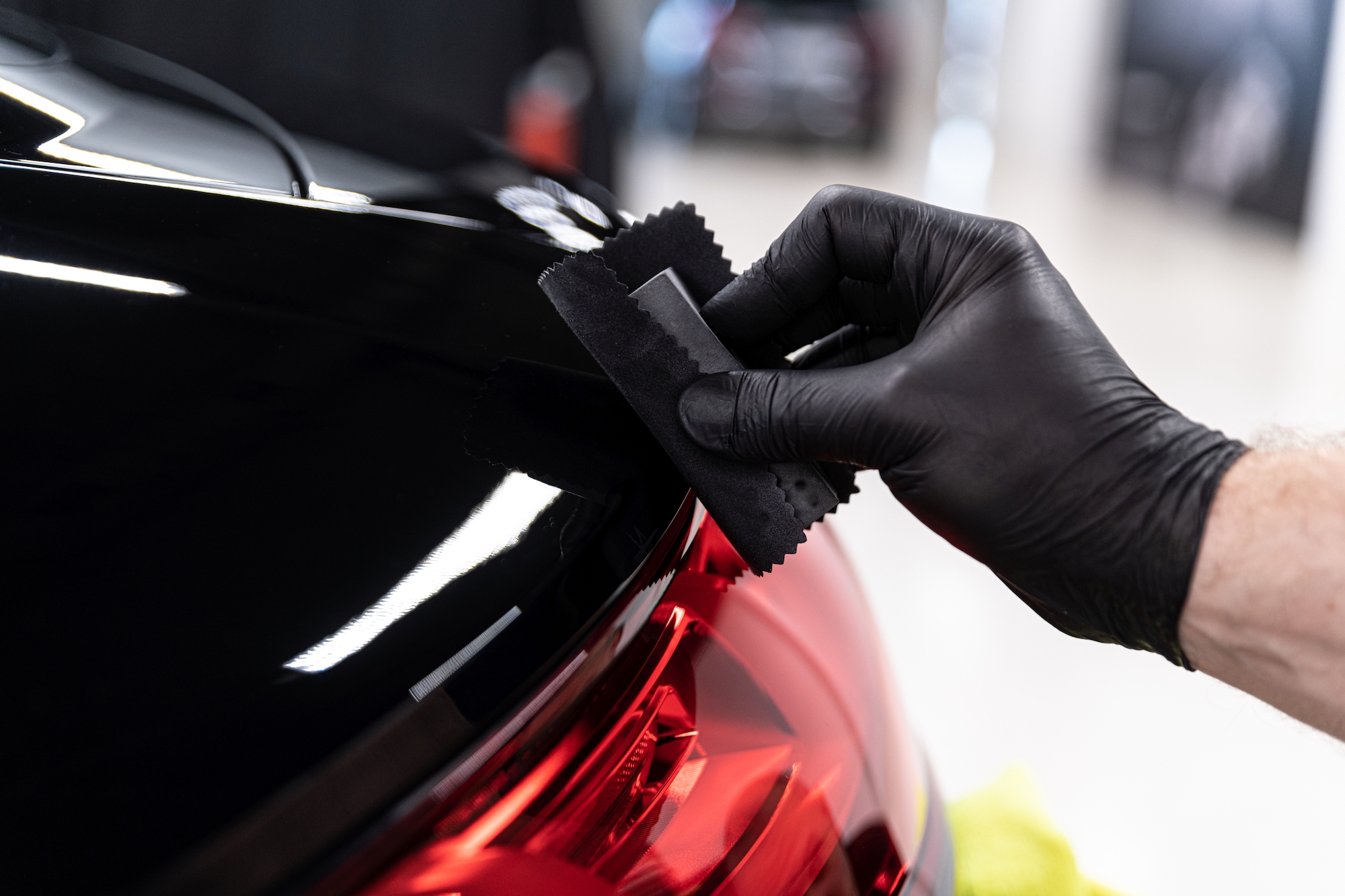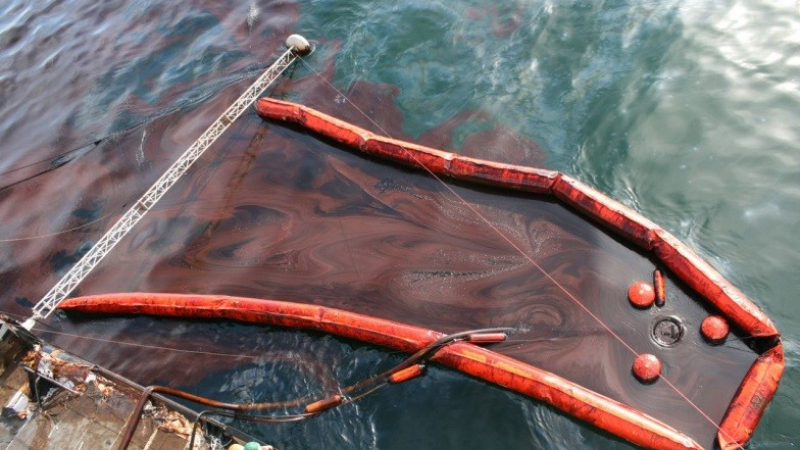1. What is Graphene Coating Technology?
Graphene is a structure consisting of two-dimensional Carbon atoms bonded together in a honeycomb lattice, similar to diamond molecules. It is a soft, flexible, durable mineral with excellent heat resistance and becomes very hard when solidified. Additionally, Graphene is harder than diamond but more elastic than rubber; harder than steel and lighter than aluminum. Graphene is also considered one of the strongest heat and electricity conductors. Therefore, Graphene technology can be used to enhance the strength of other materials.

Graphene is also used as a coating material, paint, conductive ink, and more. In the automotive industry, the super-hard and anti-static properties of Graphene make it resistant to dust accumulation when applied to cars. Graphene coating technology enhances the durability and impact resistance of car surfaces. Thus, Graphene is an optimal product for protecting the paintwork of automobiles and is trusted and chosen by many users.
There are two common types of Graphene coatings for automobiles:
- Graphene Spray Sealant
This product is manufactured for quick car care. As it is a spray form, Graphene Sealant can be easily and quickly applied. The process of applying Graphene Sealant is simple; users only need to clean and prepare the surface by removing dirt and wax. - Graphene Coating
Graphene Coating requires highly skilled technicians and the material cost is higher. To apply Graphene Coating, users need to follow precise procedures because incorrect application can affect the quality and aesthetics of the car.

2. Advantages of Graphene Coating Technology
Thick, high-durability coating
Using Graphene coating enhances the durability and hardness of the paint surface. After application, the glossy paint layer reaches a hardness of 10H (H is a measure of material hardness used in the Mohs hardness scale, ranging from 1H to 10H).
Most Graphene coatings on the market today have a durability of at least 5 years, with some lasting up to 7 years. The lifespan of Graphene spray sealants ranges from 6 months to 1 year depending on the brand and care.
Prevents and minimizes water spots
Graphene has excellent water and heat resistance. Due to its chemical composition and honeycomb structure, Graphene has a higher contact angle, making water slide off the surface more easily compared to conventional coatings, reducing the appearance of water spots from moisture, rainwater, dew, and evaporation on hot surfaces.

Excellent dust resistance
Graphene’s anti-static properties prevent dust and other small particles from adhering, preventing them from settling on the coated surface.
Enhanced gloss, high durability
Nano-sized Graphene particles leave a smooth, glossy layer that enhances the shine and appearance of the car. Therefore, Graphene-coated cars have an impressive and perfect appearance with an extremely shiny paint layer, standing out from other vehicles.
Corrosion resistance against rain, acid, mineral deposits, and environmental factors
Graphene coating technology has attracted much attention for its corrosion resistance with a thickness of a few nanometers. Therefore, Graphene coating can resist corrosion from acid rain, mineral deposits, environmental factors, etc., on the paint surface.

Although Graphene coating technology has many outstanding advantages compared to conventional ceramic coatings, it also has some drawbacks:
- The cost of Graphene coating is relatively high.
- Graphene Coating requires skilled technicians, machinery, and complete tools because curing occurs rapidly, and the material has high hardness, demanding precise and technically correct application.
Environmental conditions with a lot of dust and constantly changing weather make it difficult for users to maintain the glossy appearance of their cars over time. Therefore, Graphene coating technology is an optimal choice for users to comprehensively protect their vehicles. However, since Graphene coating technology is not yet widespread, users need to be cautious when choosing reputable maintenance centers and highly skilled technicians to ensure their cars are well-protected and cared for.
To discuss and cooperate in developing this technology, please contact us
BIG NANO TECHNOLOGY
Hotline: (+84) 879 808 080 – (+84) 868 939 595
Email: sales@bignanotech.com




































